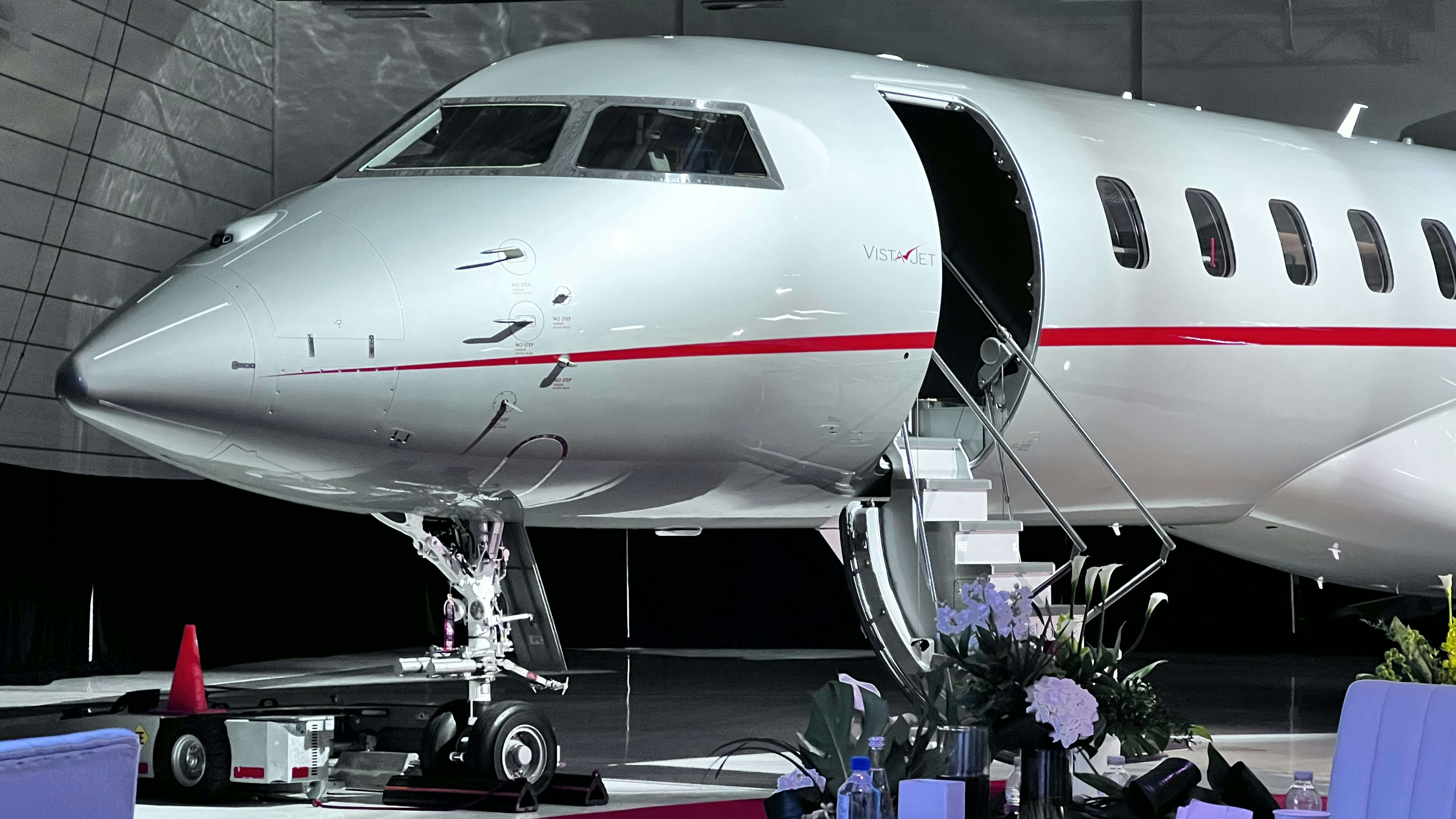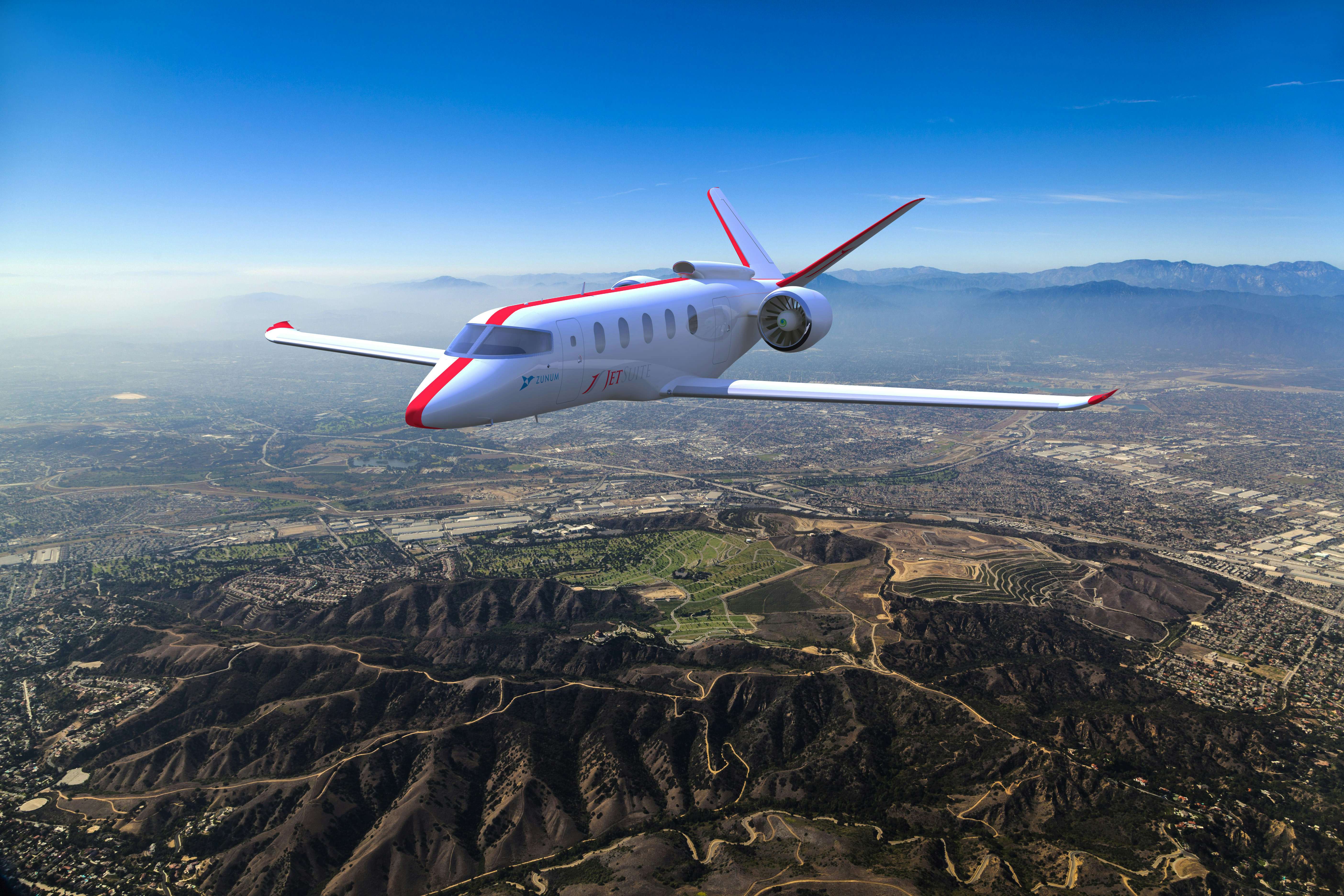

Zunum Aero, a pioneer in electric aviation, and JetSuite, Inc., a provider of jet cards, on-demand charter and semiprivate jet flights announced today that JetSuite will be the launch customer for Zunum’s hybrid-to-electric aircraft. The aircraft, the first of a planned family of regional aircraft platforms, seats up to 12 passengers and will be available for delivery in 2022.
“JetSuite, with its tradition of shifting paradigms in aviation, is an ideal partner for us in this launch collaboration,” said Zunum Aero CEO Ashish Kumar in a press release received by Private Jet Card Comparisons. “We have a shared vision for fundamentally transforming and improving the way that people live and travel.”
Jet Card Insider looks inside JetSuite’s SuiteKey jet card program
Bringing major airliner operating economics to a mid-sized platform, the Zunum aircraft will enable JetSuite to provide fast, quiet and comfortable service to its customers while reducing its carbon footprint by up to 80 percent. Through the partnership, JetSuite will add up to 100 Zunum Aero aircraft to its fleet. The company recently received a significant investment from Qatar Airways and the second investment from JetBlue and said at the time it plans to up to a dozen aircraft to its JetSuiteX fleet for the foreseeable future.
“We are thrilled that Zunum, a JetBlue Technology Ventures portfolio company, has chosen JetSuite, a JetBlue Airways partner, to be its launch customer for its hybrid-to-electric aircraft. This is a great partnership that will help to transform the regional travel ecosystem,” said Bonny Simi, President, JetBlue Technology Ventures.
Zunum is aiming to replace the $1 trillion fleet of aircraft currently serving regional routes. Zunum has said that its range-optimized aircraft features a maximum cruise speed of 340 mph, and with a low runway requirement of 2,200 feet for takeoff.
Alex Wilcox, founder and CEO of JetSuite and JetSuiteX, states, “At JetSuite and JetSuiteX, we appreciate the boldness required to change the status quo, and we see it in spades at Zunum. We share Zunum’s vision for hybrid to electric aviation. With this partnership, we expect to bring ever more efficient and environmentally friendly aviation solutions to our private and semi-private jet customers.”
The Zunum Aero aircraft are optimized for distances up to 1,000 miles, where efficient travel options are limited, with low numbers of regional flights, high costs and cumbersome door-to-door travel times, making it a perfect fit for the short-haul private and semi-private travel offered by both JetSuite and JetSuiteX. By reducing noise and emissions by 80 percent, these aircraft are positioned to fly near residential communities, accessing over 5,000 underutilized airports in the U.S., reducing door-to-door travel times and costs.
Zunum Aero said it remains on track for flight testing in 2019, rapidly growing its technical bench across power electronics, electric motors, propulsors and aircraft. Leveraging proven technologies for this novel application, the company’s engineers have experience working on some of the most advanced aircraft and engines in the industry.
“In short order, Zunum and JetSuite will prove out a model that is both incredibly innovative while being undeniably practical,” said Logan Jones, managing director at Boeing HorizonX, a Zunum Aero investor. “We look forward to seeing the impact of a partnership between two exciting companies in aviation.”
Zunum said its vision is to develop 1,000-mile electric air networks to bring fast and affordable travel to every community. Founded in 2013, Zunum Aero is funded by Boeing HorizonX, JetBlue Technology Ventures, and the State of Washington Clean Energy Fund.
Introducing a new aircraft is not easy. In the early century, Eclipse Aviation delivered over 250 very light jets before folding. Honda’s HondaJet HA-420 began development in 1999 and wasn’t certified by the FAA until 2015. It has now delivered more than 50 jets. Another would be OEM, Adam Aircraft which was focused on the entry-level jet market ceased operations in 2008. Established manufacturers have experienced headwinds since the Great Recession and development of a new supersonic business jet continues at a slow pace.